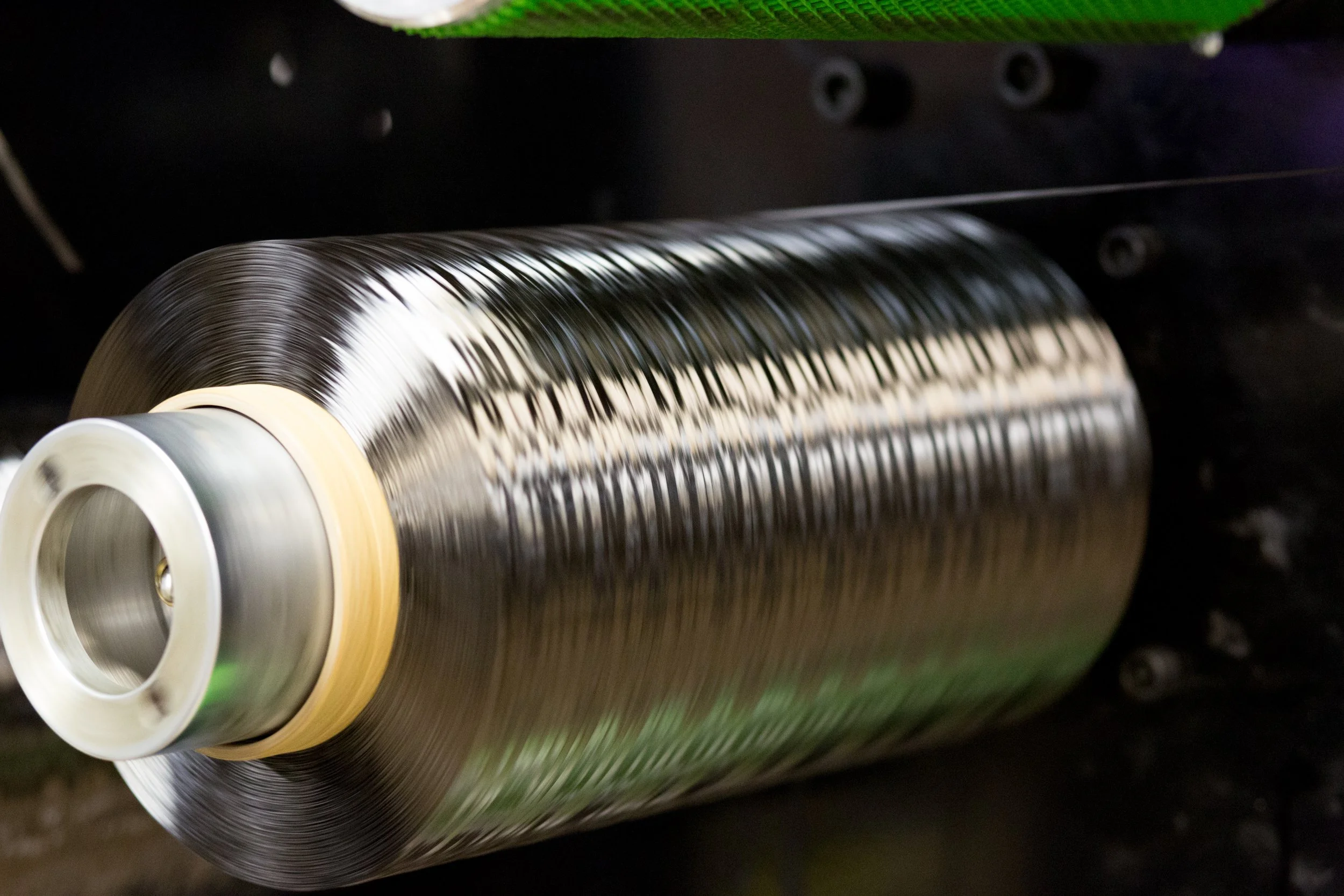Power in Partnership
How a manufacturer/vendor team collaborated to launch the next generation of high-Tg epoxy prepregs.
Image: TCR Composites
TCR Composites Inc., established in the 1990s as a division of Thiokol Corporation, specializes in the manufacture of epoxy resin prepregs for aerospace, automotive, marine, and industrial markets. Headquartered in Ogden, Utah, TCR gained recognition for developing epoxy prepreg systems with extended out-life and improved processability, addressing the needs of high-performance applications such as solid rocket motor cases[1].
Recently, TCR released a new high glass transition temperature (Tg) epoxy prepreg designed to meet the requirements of advanced rotorcraft and aerospace structures. This development was covered in a new Composites World article[2].
Traditionally, manufacturer-vendor relationships in the composites industry are transactional; manufacturers develop products independently and purchase materials from suppliers. In this case, TCR took a different approach by treating its vendor as a strategic partner rather than solely a raw material provider. TCR shared early design concepts, process requirements, and technical challenges with the vendor, enabling joint input throughout the development process.
The vendor contributed expertise in fine chemical custom manufacturing and epoxy curing technology, while TCR brought knowledge of prepreg formulation and application requirements. This collaboration allowed both parties to address limitations of existing materials and establish specific performance targets, such as increased thermal stability and improved toughness.
The development process was iterative, with continuous exchanges of technical feedback and shared problem solving. Both organizations accepted shared risks and aligned objectives, which facilitated more informed decision-making and accelerated the timeline toward commercialization.
The resulting prepreg system demonstrated improvements in thermal performance and processability, characteristics critical for aerospace and rotorcraft parts that operate under high temperature and mechanical stress. The product offers a higher Tg compared to conventional epoxy prepregs, supporting extended service life and improved reliability in demanding environments. It is an intriguing option to consider over cyanate esters or bismaleimides.
This case illustrates how a trusted manufacturer-vendor collaboration can enhance material development by integrating expertise from both parties. By involving the vendor as an open innovation partner early in the process, TCR was able to identify and overcome technical hurdles more effectively than via conventional relationships, as it brought about potentially game-changing technology to the market.
Looking for guidance on building manufacturer-vendor collaborations? Reach out today for an initial consultation.

